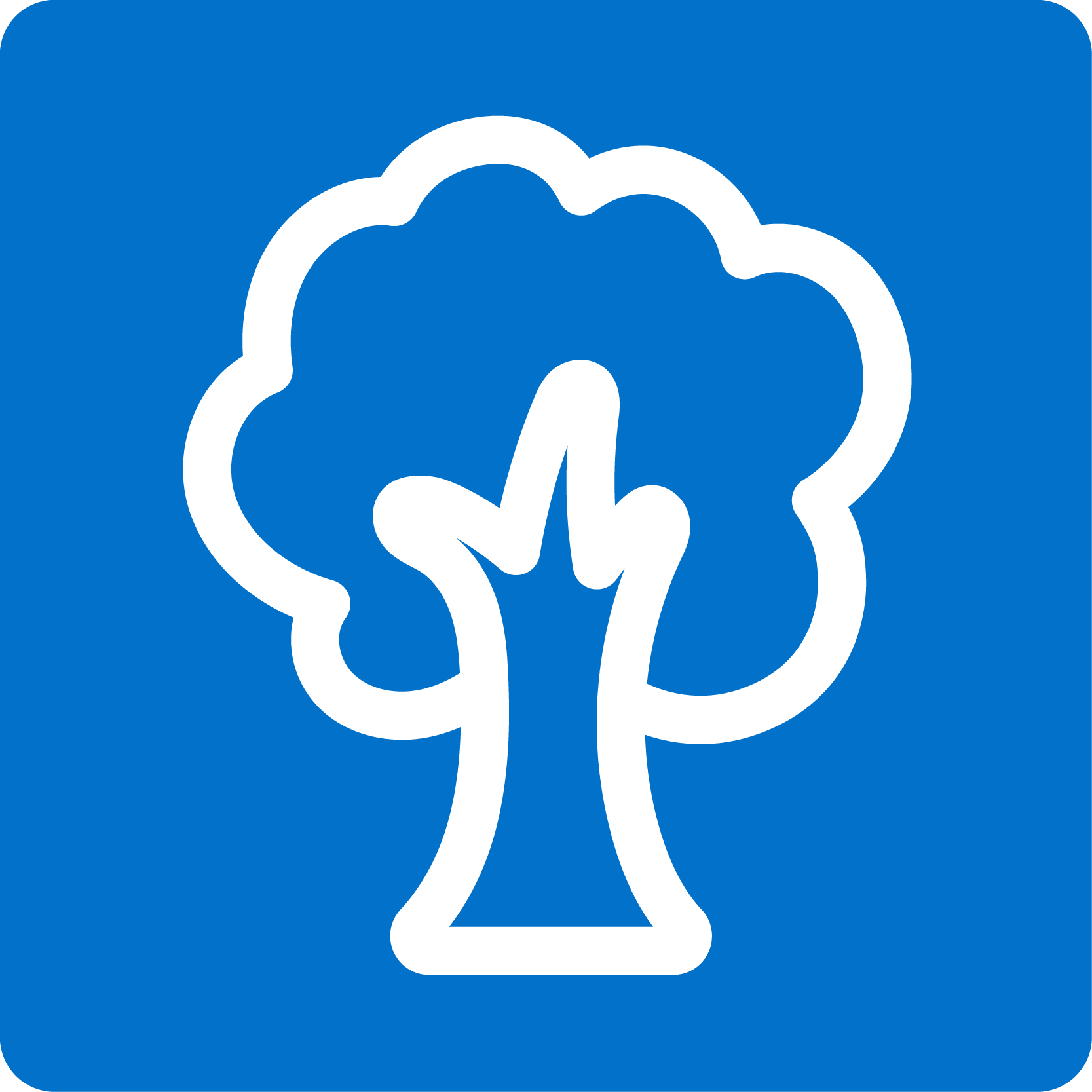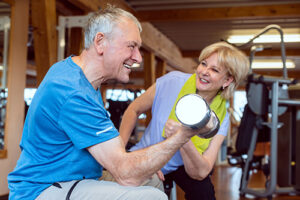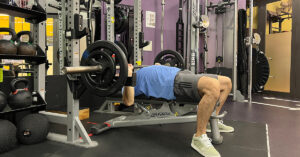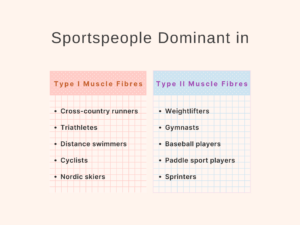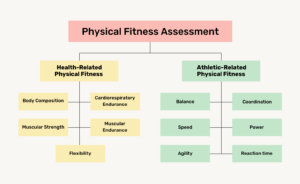Regular physical activity is essential for maintaining good health, and this is common knowledge. However, some people may feel hesitant to start an exercise routine due to a lack of so-called motivation, knowledge of appropriate exercises, low energy levels, or fear of injury or worsening a chronic condition such as lower back pain. To overcome these barriers, the Physical Activity Pyramid can be a helpful tool. Whether it is designed for adults or teens, this pyramid serves as a guide to promote an active lifestyle in a safe and easy manner, providing a starting point for people who want to incorporate physical activity into their daily routine.
The pyramid provides you with a clear hierarchy of physical activities. At the bottom of the pyramid, you’ll find the most crucial activities for maintaining good health, while the top tier includes the least beneficial activities that should be limited. However, in some cases, following the order may not be accurate or safe. The primary aim of the pyramid is to gradually increase your physical activity and decrease your sedentary time. By following this guide, you can take small, manageable steps towards a more active and healthier lifestyle.
Let’s now go into greater detail regarding the Physical Activity Pyramid for adults and the Physical Activity Pyramid for Teens, one by one.
1: Physical Activity Pyramid for Adults
The Physical Activity Pyramid for Adults is a useful tool that can help adults meet the Physical Activity Guidelines for Adults. It is important to note that each country may have its own set of guidelines; however, the information presented in each country’s handout is typically similar. By following the Physical Activity Pyramid, it’s easy for people to figure out how much exercise they need and do it.
The Physical Activity Pyramid for Adults has four steps with different activities and levels of difficulty.

Step 1: Lifestyle activities
At the base of the pyramid is the minimum that must be present every day to lead an active life. It is recommended that individuals engage in physical activity during their waking hours as frequently as possible, whenever it’s safe to do so. Examples of activities that can be done at this base level include household chores such as mopping the floor, walking, taking the stairs instead of the elevator, and other similar activities. It is important to find physical activities that are feasible and fit into your daily routine, as any level of physical activity is better than none.
Step 2: Aerobic exercises
The Physical Activity Pyramid for Adults recommends engaging in aerobics at the second step. It is advised that adults should aim for at least 150 minutes of moderate-intensity aerobic exercise or 75 minutes of vigorous-intensity exercise per week, distributed across 3–5 days. Alternatively, a combination of moderate and vigorous-intensity exercise can be performed for more than 75 minutes but less than 150 minutes per week.
Most of the time, a physical activity is considered to be of moderate intensity if you can talk but not sing while doing it. On the other hand, vigorous-intensity physical activity is an activity that only allows you to say a few words before needing to pause and catch your breath.
Examples of aerobic exercises include swimming, running, cycling, shadow boxing, football, and other similar activities.
Step 3: Strength and flexibility
In the third step of the Physical Activity Pyramid for Adults, it is suggested that strength and flexibility training be done at least two to three times a week. Strength training should consist of short-duration activities with moderate to high intensity. Examples of strength training include free weight or body weight training, with 5 to 12 repetitions in 2 to 5 sets.
Along with strength training, you should also do flexibility exercises at least twice a week for 10 to 15 minutes. These exercises may help improve range of motion and prevent injury.
Step 4: Inactivity
Step 4 of the Physical Activity Pyramid for Adults acknowledges the importance of limiting inactivity and recommends avoiding prolonged periods of sitting. Being inactive for even just 30 minutes can be detrimental to one’s overall health, highlighting the potential dangers of a sedentary lifestyle.
Therefore, it is essential to limit certain activities that involve sitting for extended periods, such as playing video games, watching television, or using the computer. These activities should be kept to a minimum to avoid being sedentary for prolonged periods.
2: Physical Activity Pyramid for Teens
The Physical Activity Pyramid for teens is a visual guide that helps figure out what activities and sports they should do every day to live a healthy life. It outlines which activities should be done on a daily basis versus those that can be done on a weekly or less frequent basis. It shows how to combine different kinds of physical activity to live a healthy, active life. Its goal is to ease them into making physical activity a regular part of their daily lives.

The five steps of Physical Activity Pyramid for Teens
The Physical Activity Pyramid is made up of five separate steps that make it easier to understand how each of the five types of physical activity improves different parts of fitness and health. In order to meet the recommended level of daily physical activity (at least 60 minutes), you can choose from a variety of activity types that are listed within the pyramid. And to get the most out of physical activity, it’s best to do something from each step of the pyramid every week.
It’s also important to remember that activities at or near the bottom of the Physical Activity Pyramid may need to be done more often or for longer than activities near the top of the pyramid to get the same amount of physical activity volume.
Step 1: Moderate Physical Activity
The first step of the Physical Activity Pyramid, which teens should do every day, is moderate physical activity. It’s good for your health in many ways, like controlling body fat and making your overall health better. This type of activity is characterised by an intensity level equivalent to brisk walking. It includes some routine daily activities, such as mopping the floor, as well as non-vigorous sports and activities like bowling and golf.
Please keep in mind that some sports can be either mild or intense, depending on how you play or perform them. For example, shooting hoops is usually thought of as a moderate activity, while playing a full-court game is usually thought of as a vigorous activity.
Guidelines say that teenagers should do 60 minutes of moderate to vigorous activity each day, with moderate activity making up some of this time.
Step 2: Vigorous aerobics
Step 2 of the Physical Activity Pyramid recommends vigorous aerobic exercise, which involves any activity that can be performed continuously for an extended period of time and is intense enough to raise your heart rate. This type of exercise should make you breathe faster while still allowing you to carry on a conversation.
These activities are harder than moderate exercises like brisk walking and mopping the floor. Examples of vigorous aerobics include jogging and aerobic dance, and they provide numerous health benefits like moderate activity, particularly in building endurance fitness and recovery. Aerobics should be done at least three times a week for at least 20 minutes each time.
Step 3: Vigorous sport and recreation
In Step 3 of the Pyramid, vigorous sports and recreation are shown as activities that make your heart beat faster than usual, make you breathe faster, and make you sweat more. They are similar to vigorous aerobics but have a difference. Sports like basketball, football, soccer, and tennis are examples of activities that, in contrast to vigorous aerobics, frequently involve brief bursts of intense activity and brief rest periods, whereas vigorous aerobics is any activity that can be performed continuously for an extended period of time.
Doing vigorous sports and recreation for at least 20 minutes a day in bouts of 10 minutes or more can have many health and fitness benefits, such as improving anaerobic fitness, building muscle, losing fat, and improving motor skills for better movement and performance.
Like vigorous aerobics, vigorous sports and recreation for at least 20 minutes a day, three days a week, can help you meet the recommended physical activity guidelines. So, whether you like aerobics, sports, or other types of physical activity, finding ways to add vigorous exercise to your daily routine can help you get and stay healthy.
Step 4: Muscle fitness exercises
In the Physical Activity Pyramid, the fourth step is dedicated to muscle fitness exercises, which are exercises that focus on building your muscular strength, endurance, and power. These exercises use different methods, like resistance, free weights, and bodyweight training, to work different muscle groups all over your body.
Regular muscle fitness exercises can make a big difference in your overall health and wellness. They can also make your body look better, improve your physical performance and fitness, make your joints healthier, improve your posture, and improve your overall body mass, including your bones. To get the most out of muscle fitness exercises, you should do them two or three times a week.
Step 5: Flexibility exercises
Step 5 of the Physical Activity Pyramid is all about flexibility exercises, which are sometimes very important for keeping your movement healthy. Flexibility exercises, when combined with other corrective strategies, can greatly enhance postural stability, mobility, and may help prevent injuries.
Regular flexibility exercises can also help people do better at sports or activities that require a wider range of motion, like gymnastics or dance. These exercises are also commonly used in therapeutic settings to assist individuals who have been injured.
To maintain a proper amount of flexibility, you should perform flexibility exercises at least three days a week as a warm up or cool down in each exercise session. Some may also benefit from stretching during an exercise session or physical activity.
The bottom line
A sedentary lifestyle can cause a variety of health problems in people of all ages, and it is critical to avoid the inactivity that can result from excessive “screen time.” Screen time is the time spent in front of a computer, phone, TV, or other electronic device that keeps a person from being physically active.
Nutrition, movement, posture, and psychological health are essential for optimal health and performance. In other words, to maintain better health and performance, you should have good nutrition, better posture and movement while sitting, standing, walking, or performing a specific exercise, and be psychologically pain-free.
It is essential to keep in mind that pushing yourself too hard too quickly can lead to injuries and setbacks that may impact your progress towards better health and optimal physical fitness. So, no matter how old you are, it is important to pay attention to your body and adjust the intensity, volume, frequency, and length of your workouts and other activities based on your current fitness level. To build a strong foundation of physical fitness, it is best to start slowly and steadily and do the right things. Once you have a strong base, it can be helpful to gradually increase the intensity, volume, frequency, and length of your workouts if necessary.
